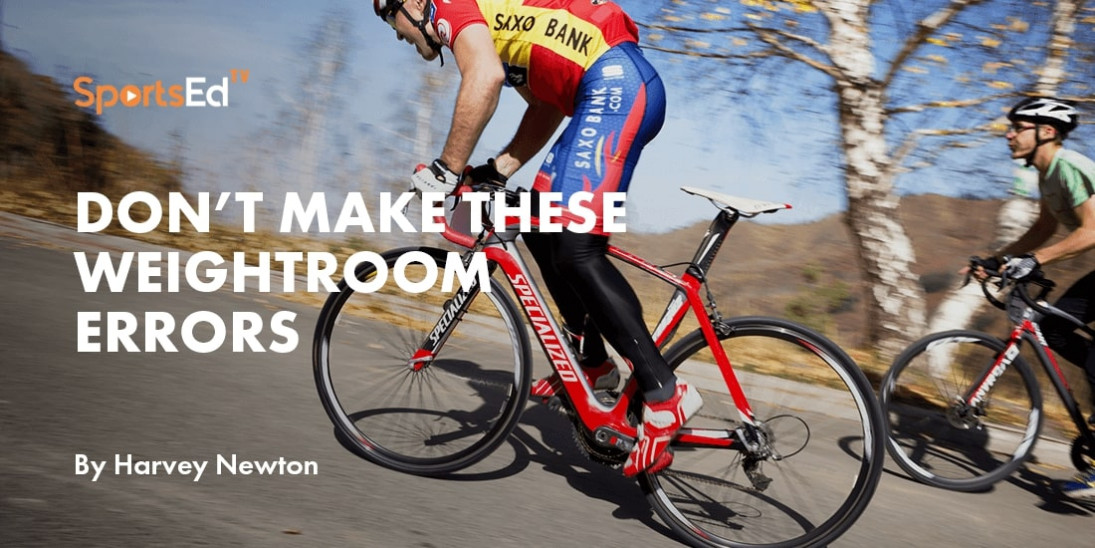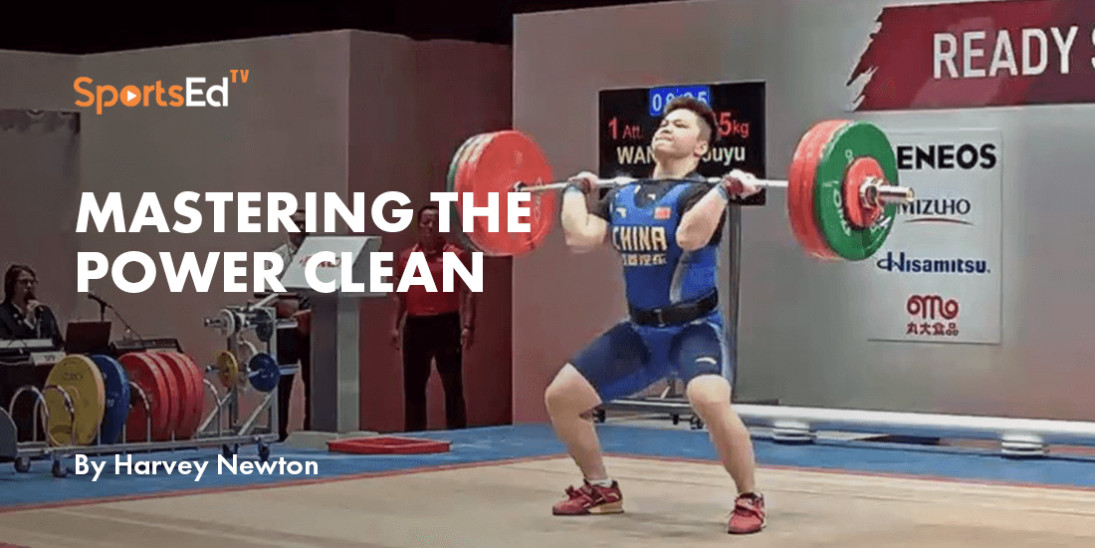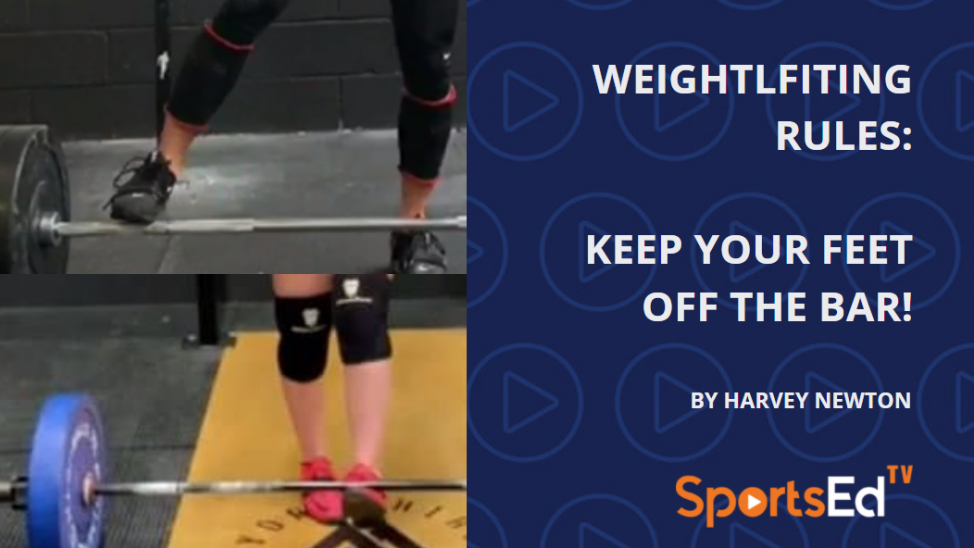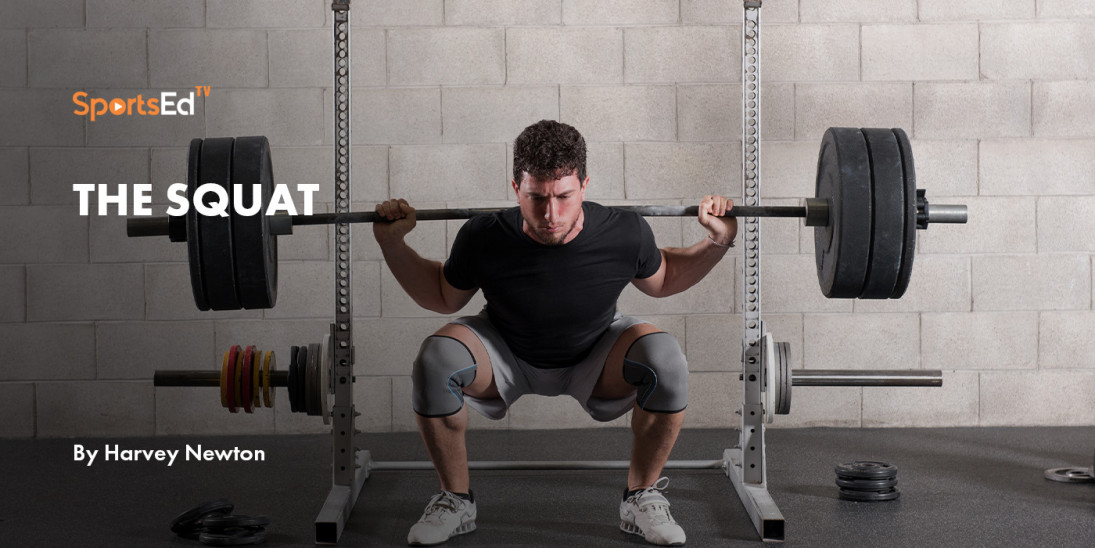Cycling
Welcome and thanks for visiting...

Seven Common Weightroom Errors Cyclists Often Make Part III

Harvey Newton, SportsEdTV’s director for weightlifting, has been an avid cyclist for many years, including years of masters’ racing. Years ago, USA Cycling requested Coach Newton develop educational materials to further cyclists’ knowledge of off-bike training. This was later updated to the Strength Training for Cyclists System (since “retired”) that included revisions, expansions, and improvements. Through a series of weekly blogs, Coach Newton shares key information with SportsEdTV viewers.
For cyclists in the Northern Hemisphere, this time of year is the offseason. Cycling intensity and volume are reduced, off-bike training (cross-training) ramps up, with riders aiming for improved performance in the next race season. Part of this work includes weight training. Proper weight training helps improve strength and power, and it can improve injury prevention. But all too often, cyclists fail to optimize the benefits of weightroom work.
From my small booklet, How to Avoid Seven Weightroom Errors, I will cover weekly these challenges. Check here for other cycling blogs in this series and others.
Common Error #3
Emphasizing only lower body strength training
Pedaling action is all about hip and knee extension, so strengthening your lower body makes a lot of sense. But ultimately, you’ll likely exhibit your greatest weightroom benefits on the bike by strengthening your weakest body parts, the upper body and torso (or core). These areas simply are not stressed enough in regular riding to get stronger, yet they contribute significantly to your success.
Don’t get me wrong, I want you to get your legs even stronger, because that will really let you put more “power to the pedals.” But what about your arms, shoulders, and torso?
Cycling obviously doesn’t stress the upper body. Unless you do some serious off-bike strength training, over time your upper body strength “heads South.” This is especially true of masters and women, the two groups that stand to benefit the most from effective strength training.
Just how important is upper body strength for cycling? Actually, the upper body is noted for its role in stability, climbing, and sprinting. One local rider I know has only one arm. I’ve ridden in pacelines with him before, have watched him deal with road obstacles and many challenges, but I’ve never seen him go down in a crash. Oh yeah, he’s also in his 70s!! I’ll bet that one arm is mighty strong!
You’ve heard me repeat the message that upper body strength is vital for climbing and sprinting. This is the one area where most cyclists can make the biggest improvements. One of the early endorsements for strength training for cyclists came from USA Olympian George Mount, who had a phenomenal ride to 6th place at the 1976 Olympics in Montreal. “I did a lot of squats for the back and repetitions of curls and lifts for my arms, shoulders, and neck. It was a good program. Before I lifted weights, my arms, neck and back muscles would get sore after a 100-mile ride. The training increased my endurance and improved my sprinting and climbing ability.”*
Mount, a noted climber, did not suffer any negative effects from strength training. He reported no weight gain, no slowness, no problems…. only benefits! Strange how that happens with well-designed strength programs.
* Science of Cycling, Burke, E.R., Human Kinetics (1986), page 46.
Read more:
Seven Common Weightroom Errors Cyclists Often Make Part I
Seven Common Weightroom Errors Cyclists Often Make Part II
Seven Common Weightroom Errors Cyclists Often Make Part III
Seven Common Weightroom Errors Cyclists Often Make Part IV
Seven Common Weightroom Errors Cyclists Often Make Part V
Seven Common Weightroom Errors Cyclists Often Make Part VI
Seven Common Weightroom Errors Cyclists Often Make Part VII (Final)





